After earthquakes, a hungry Afghanistan braces for winter
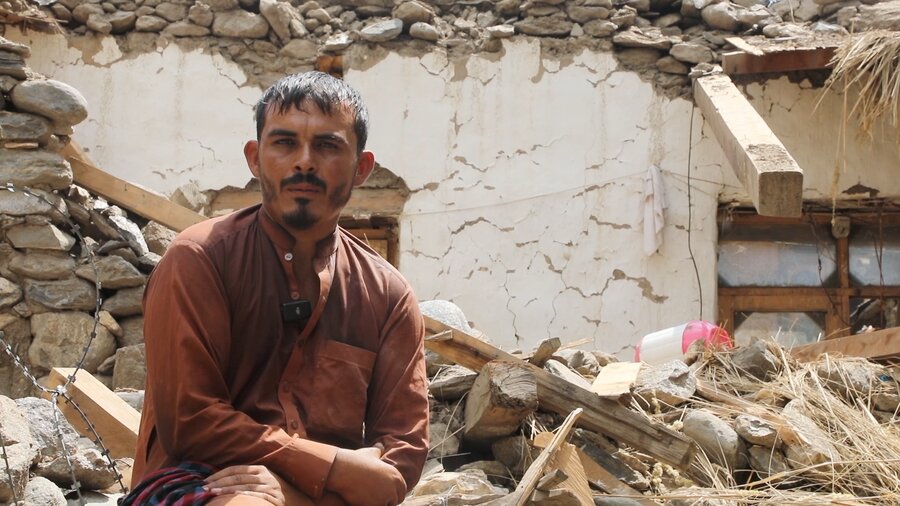
Sitting amid the rubble that was once eastern Afghanistan’s Andalachakin village, Khair Rahman describes the powerful, late-August earthquake that punched a gaping hole into his stone-and-cement home - and his fears of the bitterly cold months ahead.
“Everything, including our house, was destroyed,” Rahman says of the quake, which also injured several family members. “Winter is near,” he adds, “and we cannot live here like this in the winter.”
A month after Afghanistan’s powerful earthquake, the country is still reeling from its impact. The 6.0 magnitude quake killed more than 2,000 people and left thousands of others injured and homeless across four provinces of eastern Afghanistan.
Now, with many survivors crowded into tarp-and-cloth shelters - and sometimes sleeping under the stars - families like Rahman’s, who were already grappling with acute hunger, face another existential threat: little to no humanitarian assistance as winter closes in.
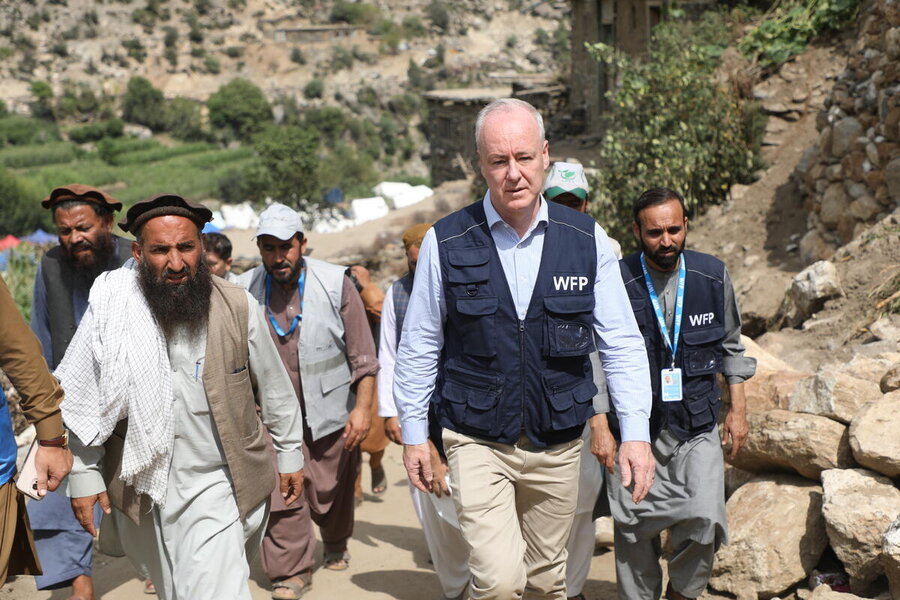
“What we cannot allow is for people who survived this terrible earthquake to succumb to hunger in the winter,” says John Aylieff, World Food Programme (WFP) Representative and Country Director in Afghanistan, during his recent visit to quake-hit areas. “Without food assistance, there is going to be a second wave of mortality here - in fact across the country - where we are seeing hunger and malnutrition deepen.”
The first international aid agency on the ground after the quake, WFP moved swiftly to distribute fortified biscuits and other food items to thousands of impacted families like Rahman’s. We also set up storage tents to support the broader earthquake response. The task was daunting, in a region of rugged terrain, and poor road and communications networks.
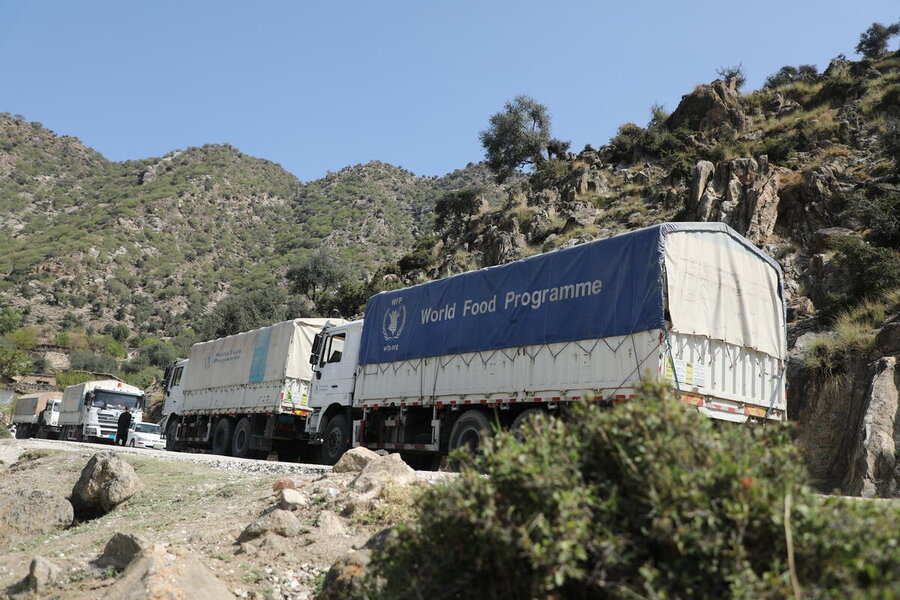
From the eastern city of Jalalabad - where the main airport lies close to the earthquake’s epicentre - the WFP-led UNHAS humanitarian air service continues to operate flights, moving both passengers and cargo to support relief efforts. A WFP helicopter there helps deliver staff and vital supplies to remote, hardest-hit areas.
Ongoing crisis
But the needs are enormous. “The people of Afghanistan are living in a perpetual state of crisis,” Aylieff says. “While the international community has stepped up to support impacted communities, the earthquake is only one of several crises hitting the country this year.”
Countrywide, more than nine million Afghans face acute or worse food insecurity. Child malnourishment has surged to record levels this year, affecting roughly 3.5 million children. A severe drought across much of the country, along with the forcible return of nearly two million Afghans from neighbouring countries, is worsening an already dire hunger landscape.
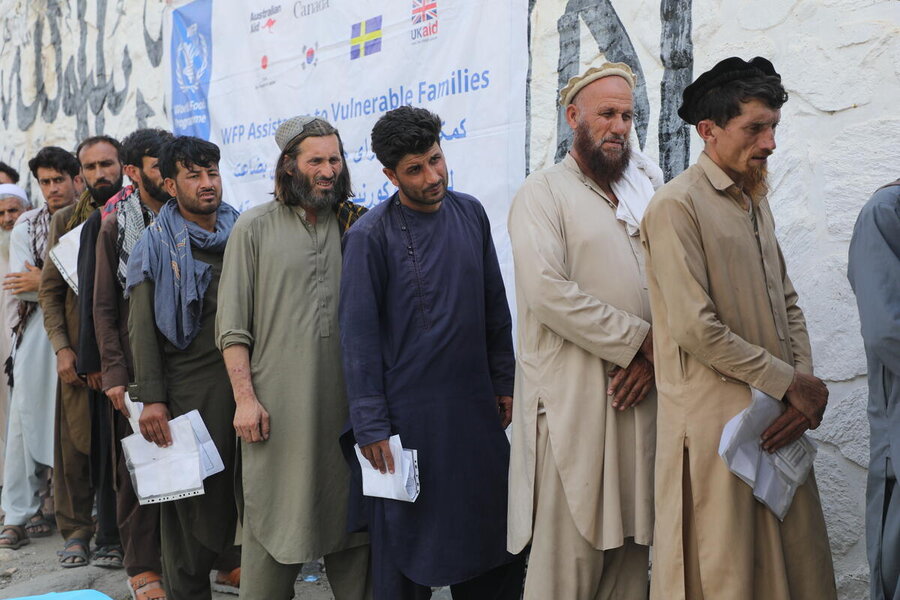
Even as food needs skyrocket, funding to support WFP’s work in Afghanistan - which also includes school meals for students, and nutritional support for malnourished children and mothers - is drying up. Without more money for our operations, we will be able to reach only a fraction of the most vulnerable Afghans with food and nutritional assistance during the winter months.
Among them are families like Rahman’s, in eastern Kunar Province, who have lost everything in the quake. They have received bags of WFP flour and cooking oil, he says, but he worries about surviving in the tent they share with several other families.
“The winter gets very cold,” Rahman says. “We urgently need support.”
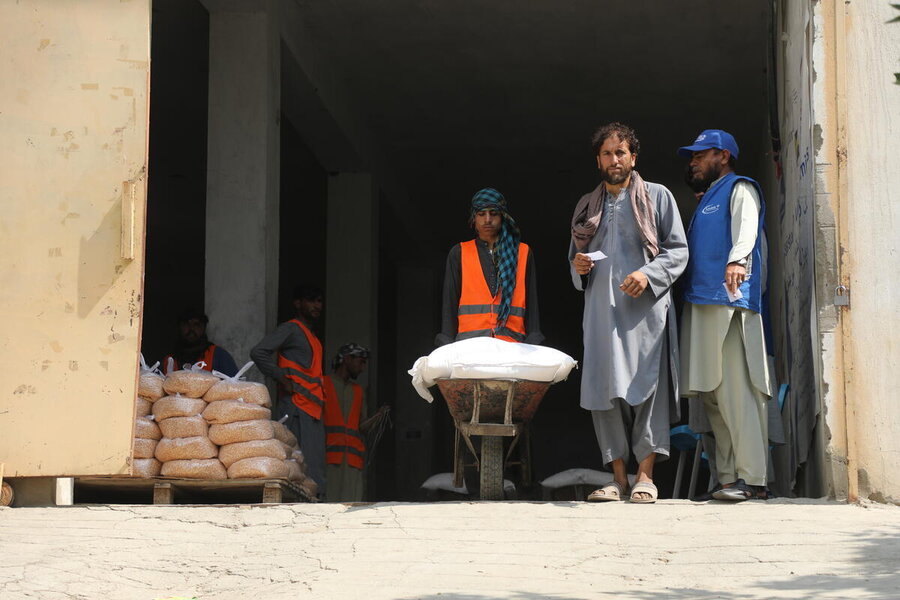
In neighbouring Nangarhar Province, 40-year-old Sediqullah, who goes by only one name, is still traumatised by the quake that injured two of his children. “It was a scene of horror,” he recalls of the devastation in Bamba Kot village where he lives.
Like Rahman’s family, he and other villagers are sleeping out on the open, in the fields they normally cultivate. “We cannot afford to rebuild our houses,” Sediqullah says, sitting on the earthen floor of his quake-damaged home.
Another Bamba Kot resident, 53-year-old Zaman, described how the quake killed his livestock and injured some of his boys. “Almost 90 percent of the village got damaged,“ he adds.
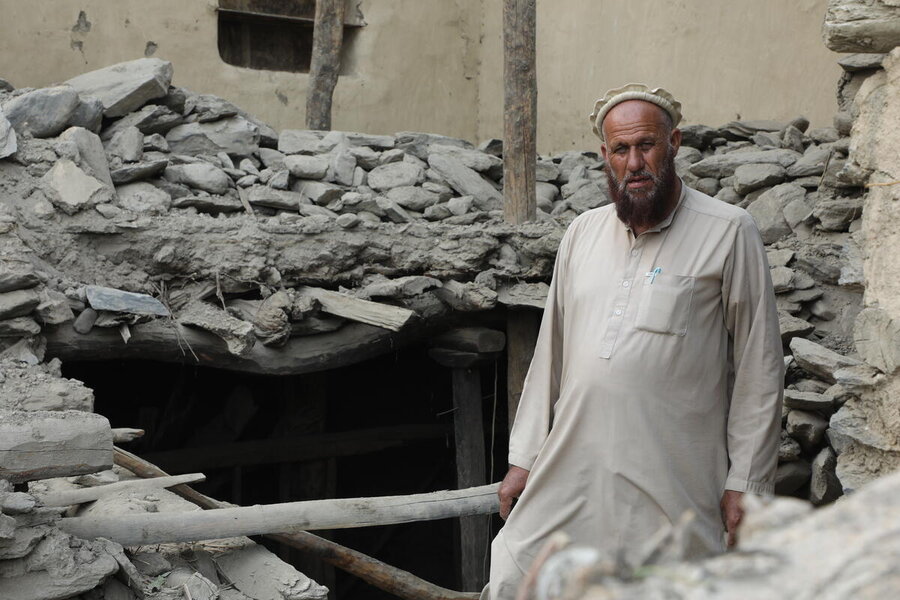
His family has also received WFP food assistance, but the villagers’ needs are immense, Zaman says. Months of harsh weather are on their way, with heavy snows cutting off access to Bamba Kot and other remote communities.
“We want our voice to be heard,” Zaman says.
Over the next 6 months (October 2025– March 2026), WFP urgently needs US$622 million to deliver life-saving food assistance to more than 9 million of Afghanistan’s most vulnerable people, to help them survive the harsh winter and to sustain other critical support programmes.
WFP’s earthquake response in eastern Afghanistan was possible thanks to contributions from the Asian Development Bank, Canada, Japan, Switzerland and UN CERF.
